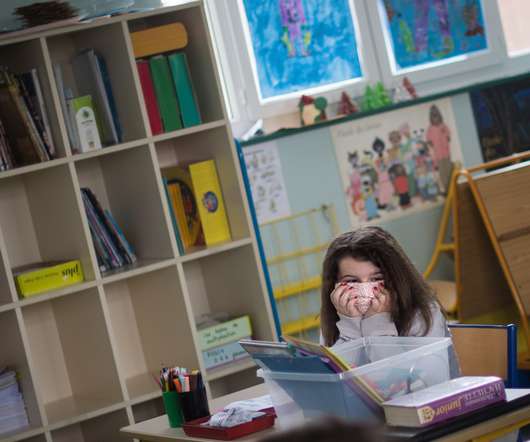Millions of Students Are Still Without WiFi and Tech—Why Haven’t Policymakers Stepped Up?
Edsurge
JUNE 11, 2021
They just weren’t ready for distance learning, and a big part of that was that too many students lacked adequate WiFi access to get to virtual class. Finally, there are states that had some version of a law prior to 2020 and proceeded to add provisions to better address the needs of distance learning. Cases like 2020’s Cayla J.















Let's personalize your content